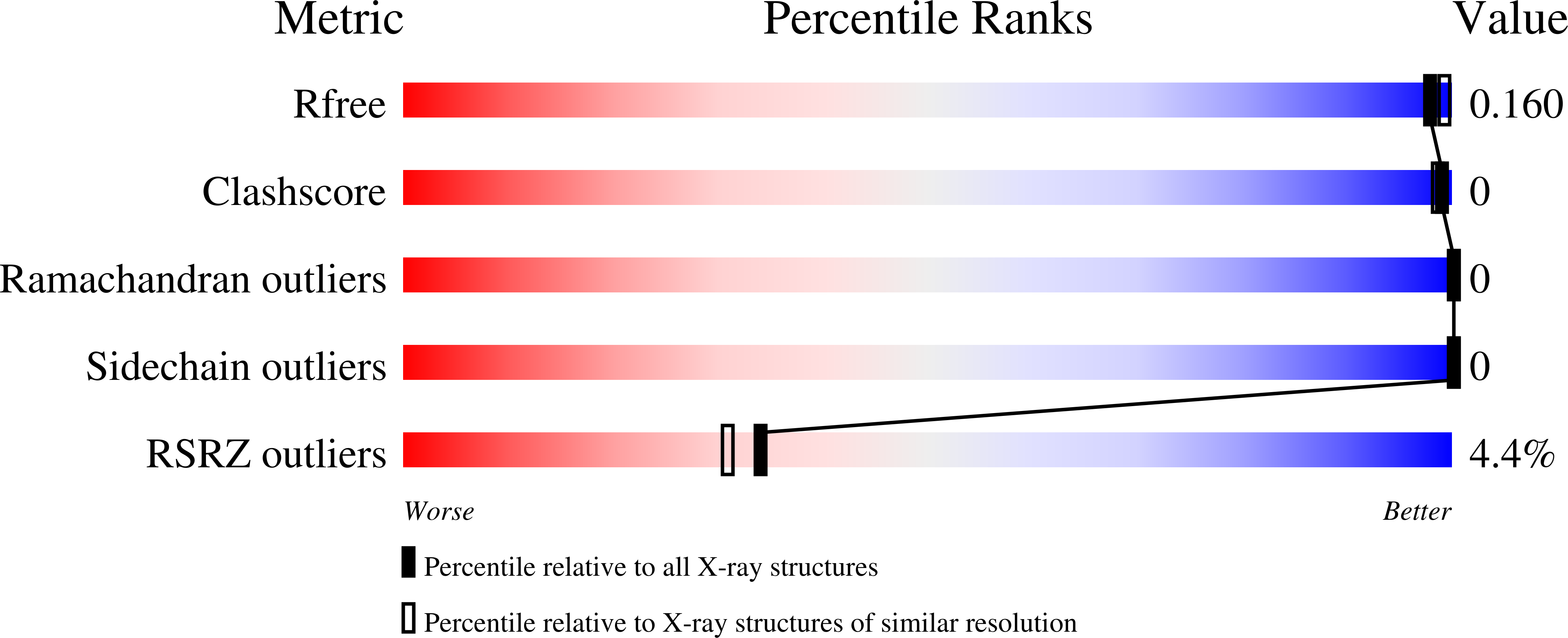
Deposition Date
2021-11-22
Release Date
2022-08-10
Last Version Date
2024-01-31
Entry Detail
PDB ID:
7QC7
Keywords:
Title:
HisF-C9A-D11E-V33A_L50H_I52H mutant (apo) from T. maritima
Biological Source:
Source Organism:
Host Organism:
Method Details:
Experimental Method:
Resolution:
1.60 Å
R-Value Free:
0.15
R-Value Work:
0.13
R-Value Observed:
0.13
Space Group:
P 61 2 2


